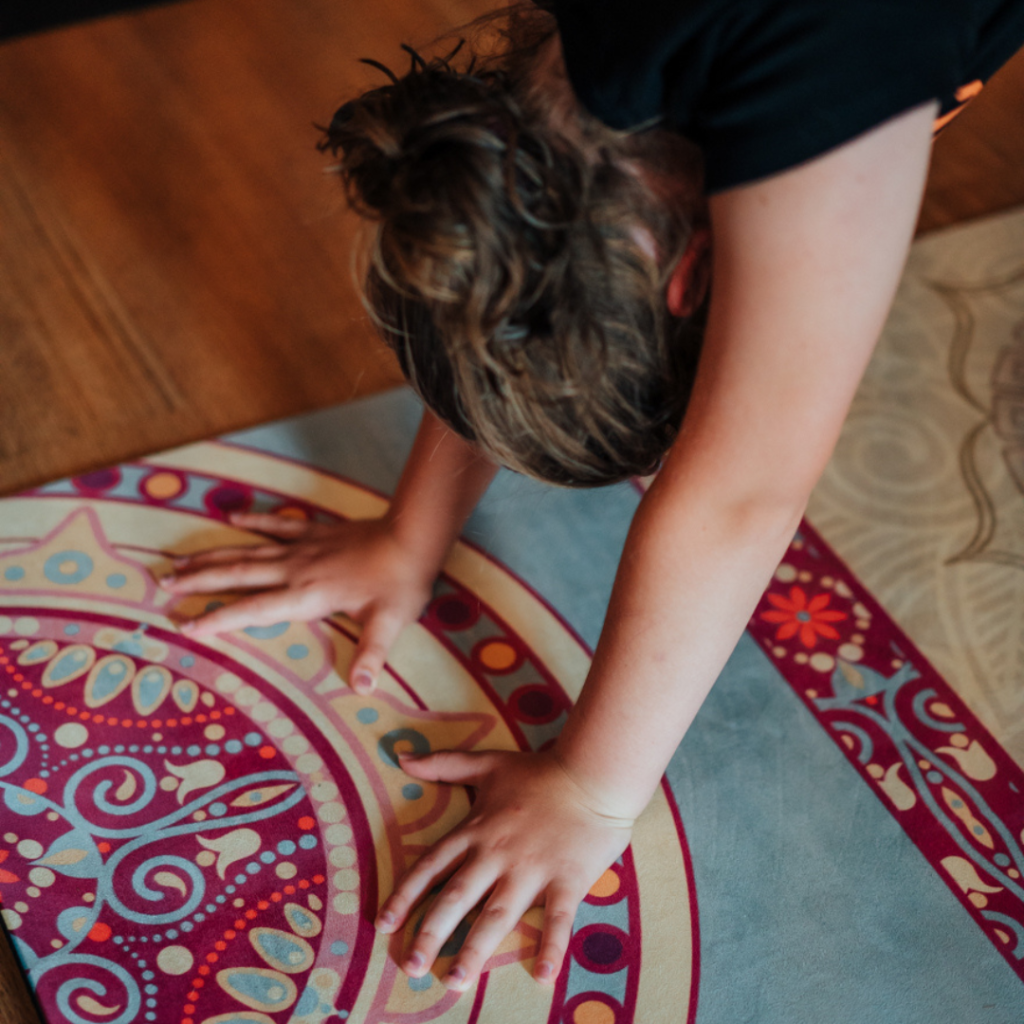Handstand (Adho Mukha Vrksasana) is one of the most iconic and challenging postures in yoga, symbolizing strength, balance, and the mastery of one’s body. This pose is not just a physical feat; it represents a pinnacle of mental focus and determination. We delve into the complexities of Handstand, exploring how this powerful inversion can transform your yoga practice and provide profound benefits beyond the mat.
The Power of Handstand
Handstand is a complete inversion that involves balancing on the hands with the body upright and the legs extended towards the sky. It reverses the effects of gravity on the body, promoting circulation and stimulating the endocrine system. By taking the feet off the ground and relying on the hands for support, this pose challenges conventional perspectives, both physically and mentally, encouraging practitioners to push the limits of their comfort zones.
Building Physical and Mental Strength
The physical benefits of Handstand are extensive. It strengthens the shoulders, arms, and wrists, while also engaging the core muscles to maintain stability. This pose enhances proprioceptive skills — the body’s ability to sense movement, action, and location — and improves overall balance and coordination. Furthermore, Handstands invigorate the cardiovascular system, as the heart works against gravity to circulate blood throughout the body.
A Test of Focus and Resilience
Beyond its physical prowess, mastering a Handstand requires acute mental focus and emotional resilience. The process of learning to invert one’s body and balance precariously on the hands can be as much a psychological challenge as a physical one. Practicing Handstand cultivates patience, perseverance, and the ability to stay calm under pressure, skills that are applicable in everyday life challenges.
Practicing Handstand: A Step-by-Step Approach
- Start by warming up thoroughly with wrist stretches and core strengthening exercises.
- Begin in Downward-Facing Dog (Adho Mukha Svanasana) to establish a solid foundation with your hands and feet grounded.
- Shift your weight forward, walking your feet closer to your hands while lifting your hips high.
- Kick up one leg at a time, or practice jumping both feet off the ground if you’re more experienced.
- Engage your core and push through your shoulders to keep your body straight and strong.
- Focus your gaze on a fixed point on the ground between your hands to help maintain balance.
- Practice against a wall for additional support until you feel confident enough to try balancing freely.
Integrating Handstand into Your Practice
Incorporating Handstand into your yoga routine requires patience and progression. Start with assisted versions using a wall, and gradually move towards free-standing as your confidence and skills improve. Regular practice under the guidance of an experienced instructor can help refine your technique and prevent injuries.
Conclusion
Handstand is more than just a yoga pose; it is a journey of self-discovery and a celebration of what the human body and mind can achieve. We encourage practitioners to approach Adho Mukha Vrksasana with respect, persistence, and an open heart, embracing the challenges it presents and enjoying the growth it fosters. Whether you are a seasoned yogi or a determined beginner, the journey towards Handstand mastery is sure to elevate your practice and inspire your spirit.


